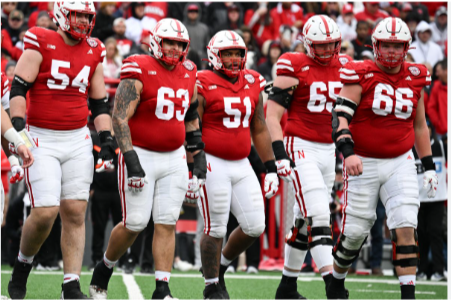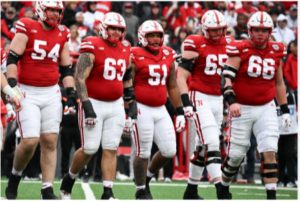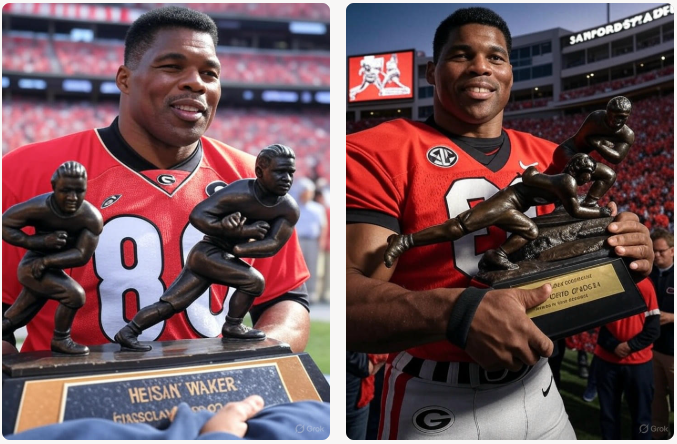
College football is evolving faster than ever. With the expanded College Football Playoff, the rise of NIL deals, and the focus on marquee matchups in electric environments, success is no longer just about tradition—it’s about adaptation. Programs that generate revenue, attract elite talent, and consistently play in the biggest games will thrive.
So, where does Nebraska fit into this new era?
The Cornhuskers remain one of the most tradition-rich programs in the country, with a fanbase that packs Memorial Stadium and a history that commands respect. But to truly compete in today’s college football landscape, Nebraska must evolve in three key areas: recruiting, NIL investment, and scheduling marquee matchups.
In the new world of college football, money talks. Nebraska’s booster base is passionate, and the state has no professional sports teams to divide financial support. That should make Nebraska a powerhouse in NIL opportunities—if they play their cards right. The university and its supporters need to ensure that the collectives, endorsements, and direct NIL deals remain competitive with the likes of Ohio State, Michigan, and SEC powerhouses.
Recruiting has always been tough for Nebraska due to its geography, but NIL can help level the playing field. If Nebraska can market itself as a top destination for athletes looking to maximize their earning potential and brand visibility, it will attract higher-caliber talent.
The best teams play the biggest games, and Nebraska needs to position itself accordingly. Moving forward, scheduling high-profile non-conference games and ensuring that Memorial Stadium remains one of the best environments in college football will be key to staying relevant.
Nebraska has the history and the fanbase to succeed in this new era. Now, it’s about making the right moves to ensure they are part of college football’s revenue-driven future—not left behind in its past.




